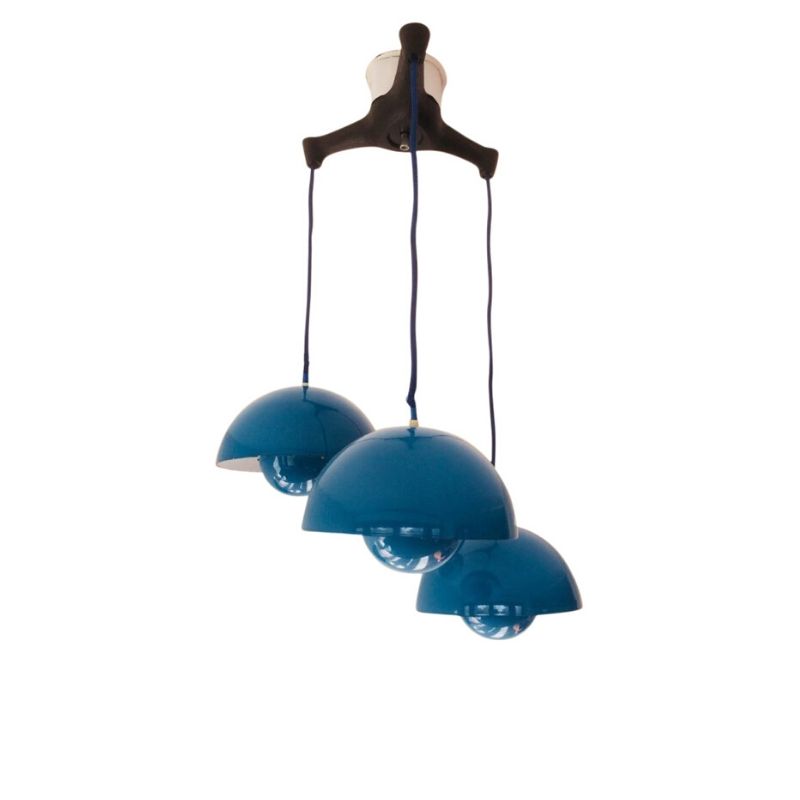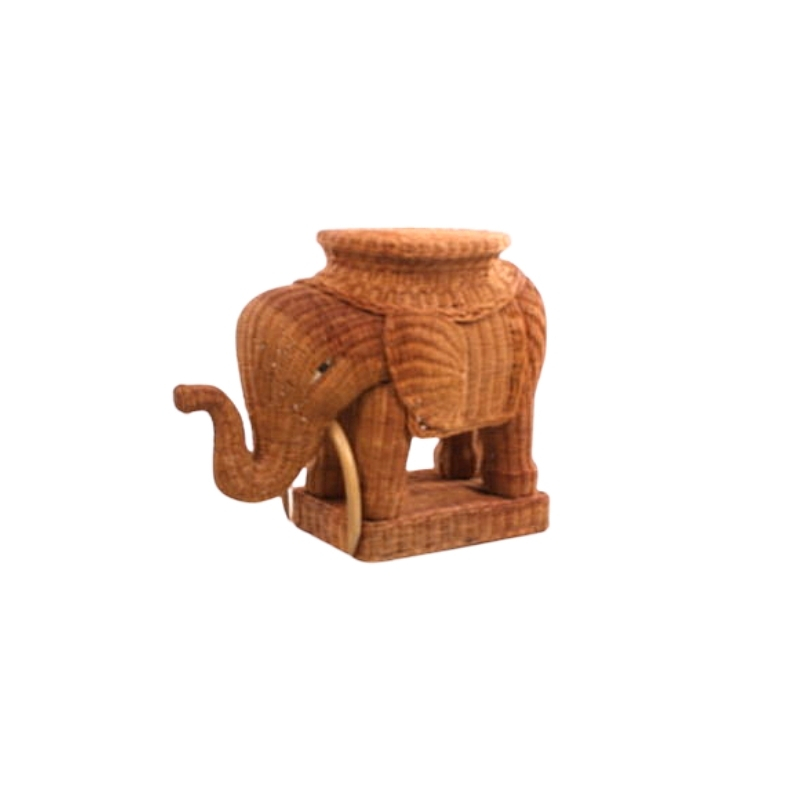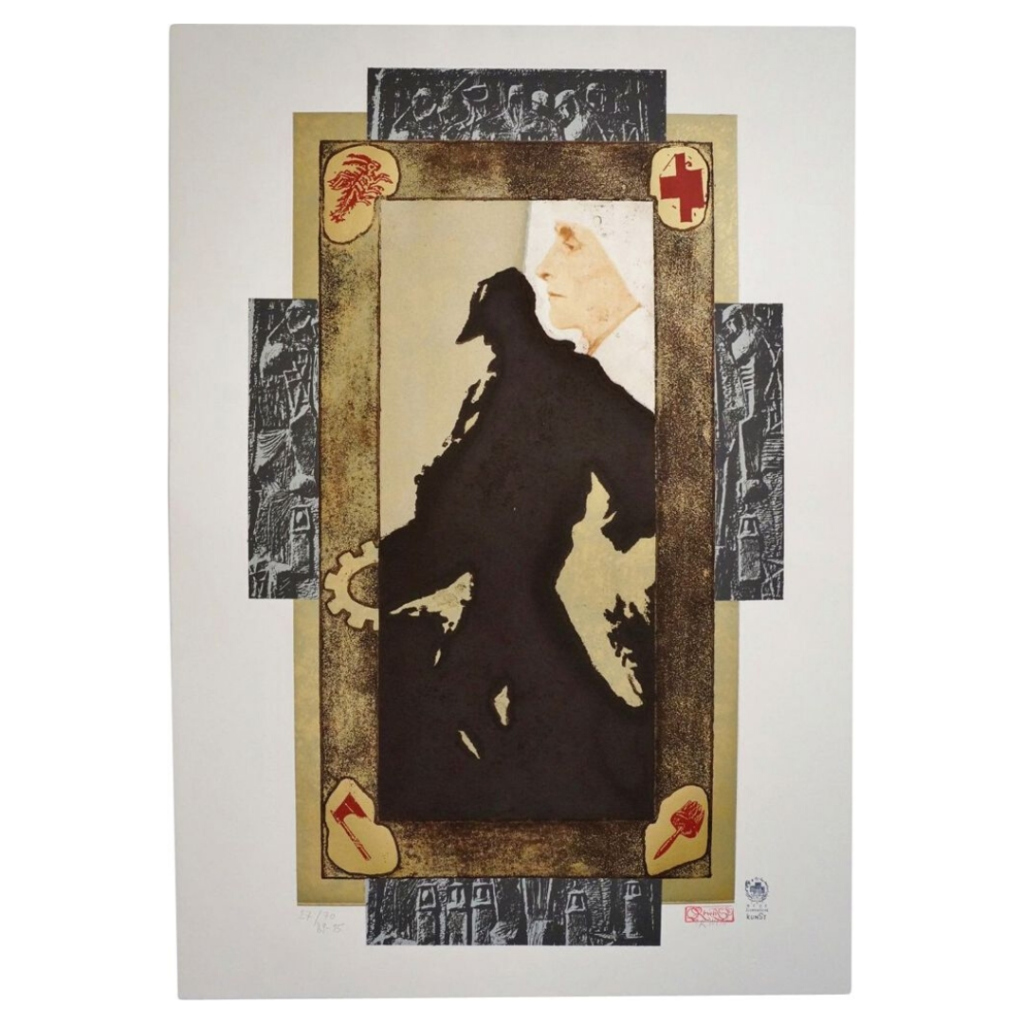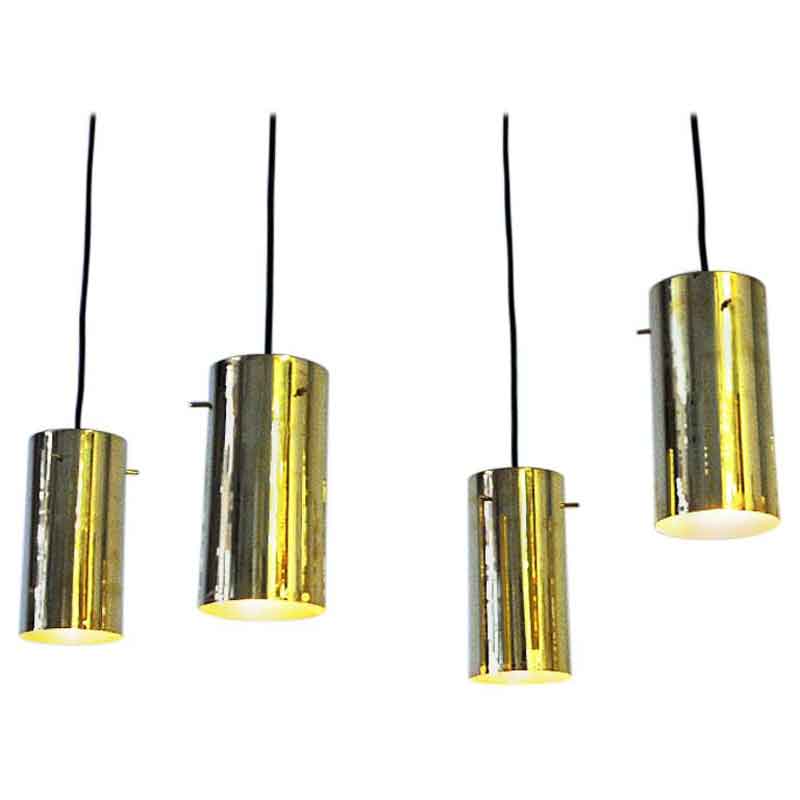I'm looking to buy a Kurt Ostervig freestanding bookshelf locally from a dealer, but I noticed that the leg joint is separating a bit. Any thoughts on the best way to repair this, and separately, how much of a discount should be asked since the bookshelf is advertised in excellent condition but will need this repair?
Thanks

I think that it will be enough to use woodwork PVA and fix it well when gluing. But if there are pitfalls with this drawback, then I think that a 15-20% discount will be limited
3-way joinery of structural components like this are tricky to execute well and even more so to repair. At the very least, the joint should be disassembled, cleaned properly, reassembled and possibly reinforced. I'd expect the dealer to either make and warranty the needed expert repair or knock off at least $200USD, though the asking price may already reflect such. Maybe get an estimate from an antique furniture restorer to use as a bargaining chip?
@tktoo2 Do you think the joint is pinned with a dowel, and will need to be re-pinned? Did you have some other reinforcement in mind?
@frnturelvr, It's almost certain that there are dowels or other mortise-tenon type component(s) involved and, if compromised, replacement would be advised.
The all-too common amateur approach would be to slap some inappropriate glue in there and screw a metal mending plate to the inside, less visible surfaces of the joint and call it 'good'. If you care at all, please do not allow that to happen.
@leif-ericson I don't know how involved Ostervig might have been with joinery details, but, as executed, failure of that particular joint could have been anticipated. To my mind, it's a flaw. Something we don't often see with vintage Danish Modern furniture.
KP Møbler was an excellent company. In the case of the wall unit that I fixed this on, it had been left outdoors for decades, which is an abuse of furniture. It might depend on how heavily laden a wall unit is and how much weight is towards the front. Everything has its limits. Also the brass struts would help support that weight and sometimes they were installed backwards or are not present. And perhaps the price you pay for a sculptural design is sometimes that the limit is closer than say building a wall unit of stacked cinder blocks and 1x12s…
I'm not faulting aesthetics or execution. Functionally, the design places an inherently weak joint as a fulcrum on a critical structural component bearing potentially high load and vulnerable to accidental damage during normal service. My argument is that this condition should have been anticipated and appropriately corrected prior to full production. Addition of metal struts reeks of afterthought, IMO.
If you need any help, please contact us at – info@designaddict.com









